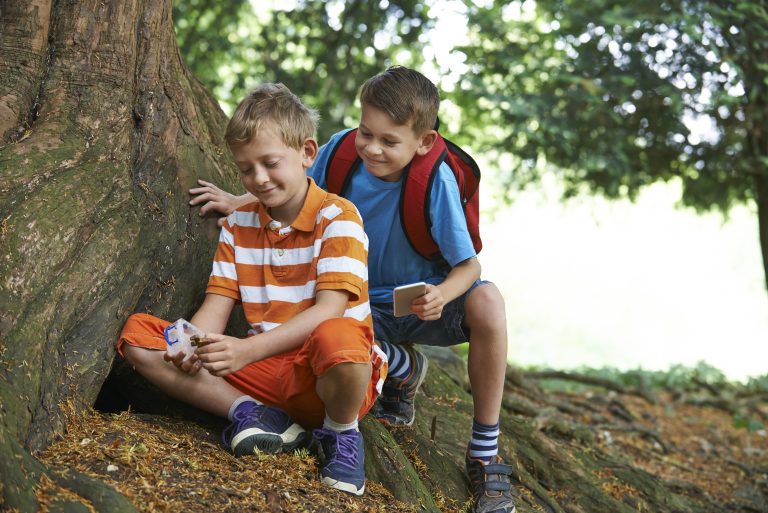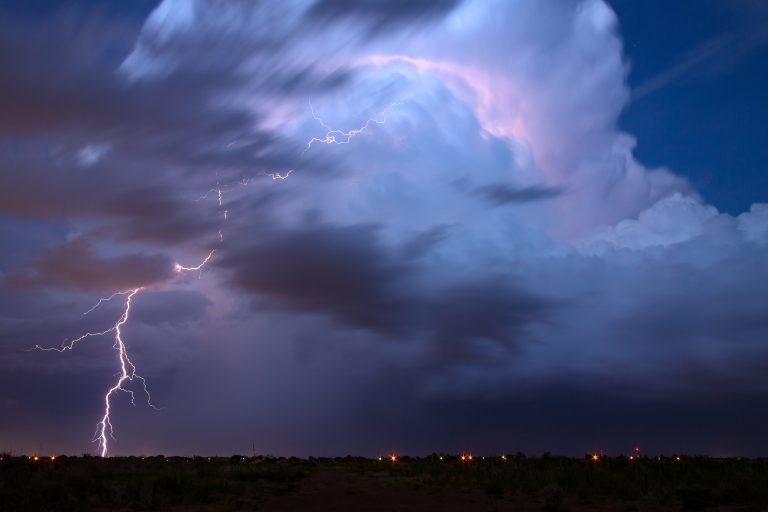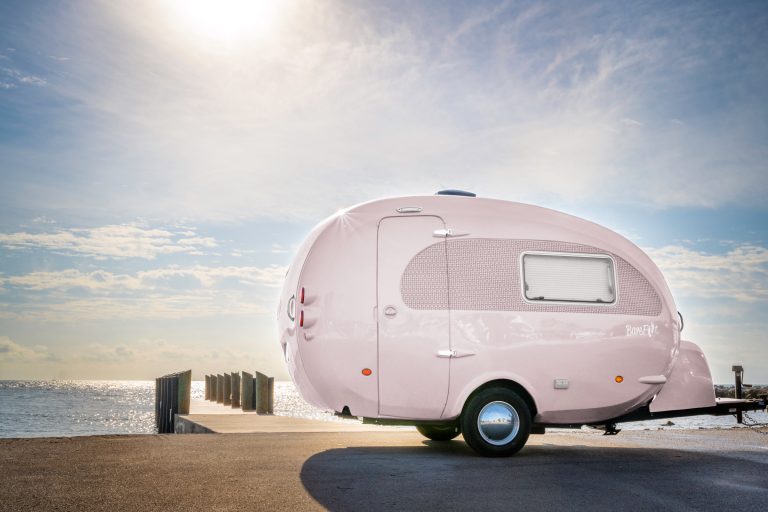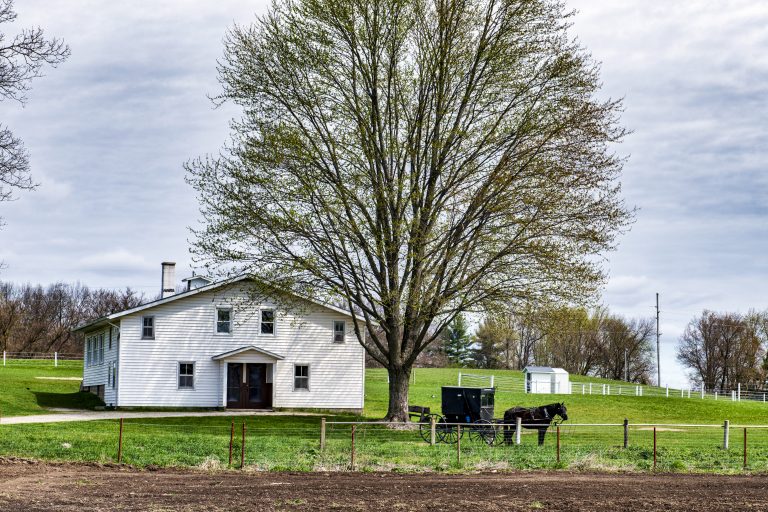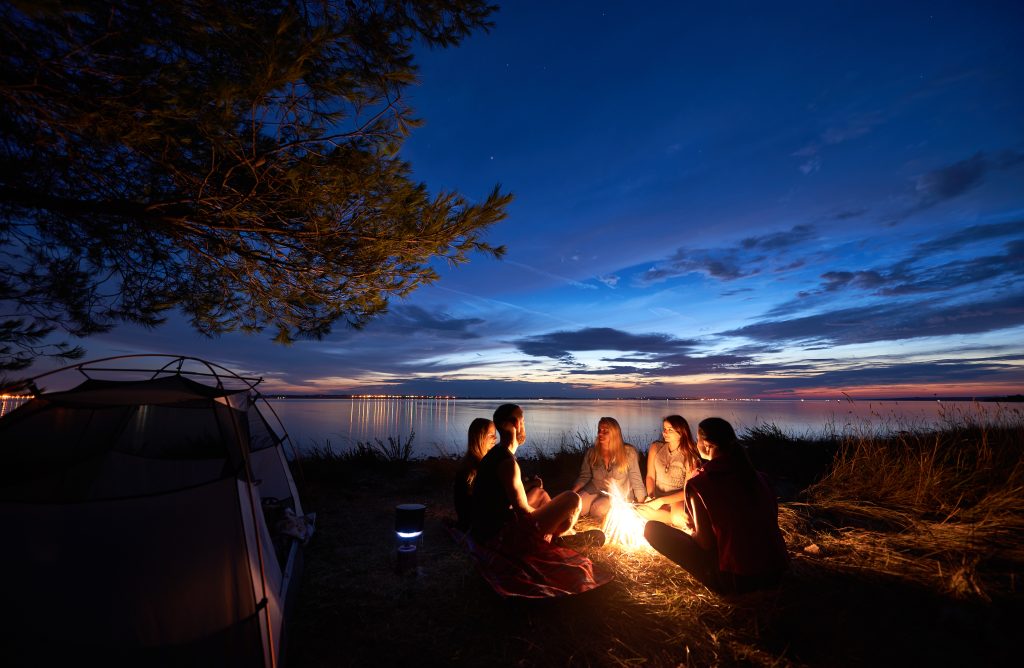There’s nothing more relaxing than enjoying a meal cooked in the open air or gathering with new friends around the campfire. But the pleasure that crackling flames can generate can quickly dissipate if the fire gets out of control.
Follow these tips from US Forest Service-Smokey Bear, EPA, and the US Forest Service to keep you and the environment safe from out-of-control blazes and bonfires, whether at home, at a campground, or while boondocking.
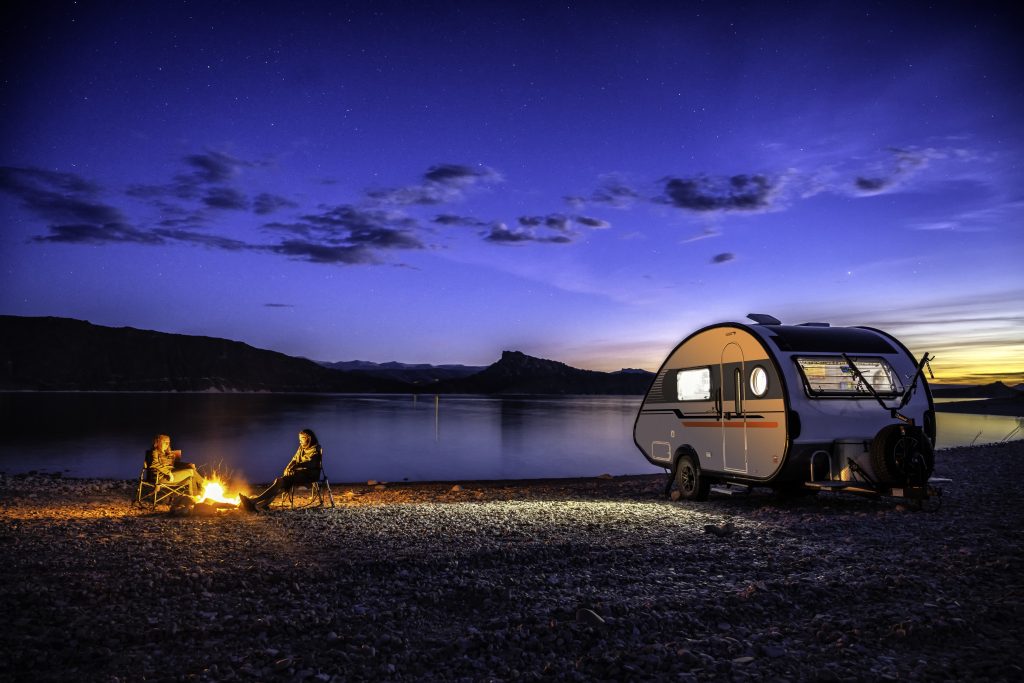
Check local restrictions.
Always check local rules or restrictions regarding building campfires or using fire pits and propane stoves. Then check for forest or grassland alerts on forest and grassland home pages and on social media, says the US Forest Service. The local ranger station will also have information on current fire restrictions. Just be aware that they can change daily or even hourly. For the latest fire information, go to the InciWeb website or check the clickable map on the USFS Wildland Fire Assessment System: Fire Danger Rating page.
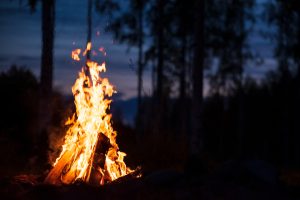
Planning to camp at a National Park Service campground? Check the individual park’s website including the Alerts & Conditions page for any fire restrictions. The same applies to privately owned campgrounds. Considering having a campfire while boondocking on BLM and US Forest Service lands or lands owned by other federal land management agencies? The Boondocker’s Bible website has a comprehensive section on the subject but always double-check with the actual location.
But even if alerts aren’t in place, evaluate the weather where you are staying. If dry conditions or gusty winds exist, it’s best to avoid having a campfire, according to the US Forest Service.
Check your equipment.
Whether you’re using a charcoal or a propane grill, make sure your equipment is in good working order. According to the National Fire Protection Association (NFPA), gas grills were involved in an average of 8,900 home fires per year, with leaks or breaks a primary problem. Read and follow the instructions, perform general maintenance according to the equipment manual, and check all the connections before starting to cook. (Watch NFPA’s video on how to check for leaks.)
Also, check the condition of the propane cylinder itself, advises the Hearth, Patio & Barbecue Association (HPBA). An LP cylinder with dents, gouges, bulges, excessive rust, or other signs of external damage could be hazardous and should be checked by a liquid propane supplier before use. Wait until the grill has cooled before attaching or disconnecting an LP cylinder or changing the gas fittings. (More propane and grill safety tips can be found on the HPBA page and the Propane Education & Research Council website.)
Using a fire pit? The EPA recommends only burning seasoned, dry wood (it burns hotter and cleaner) with moisture content at about 20 percent. (Use a moisture meter to check.) Don’t burn wood during air quality alert days, when air pollution is already higher. Don’t burn green wood, construction waste, plastic, garbage, or yard waste since they create more smoke and can be toxic. And don’t bring firewood from another area to use, since invasive pests could be hitching a ride on it. Instead, the Forest Service recommends using firewood purchased in the local area or dead and downed wood found at your campsite location.
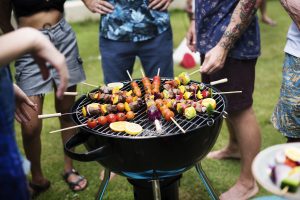
Before lighting your campfire, have a shovel, ax, an all-purpose or multi-rated extinguisher (labeled “ABC”) fire extinguisher or fire extinguishing spray, and a bucket of water available — just in case. Then, once the cooking or campfire time is over, extinguish the fire, then check for any coals or embers that could come back to life when you’ve gone to bed or left the area and spark a wildfire. Don’t bury the coals or woods since they can smolder and reignite. Instead, drown the fire with a slow stream of water, stirring it with a shovel. Continue the process until all material is cool to the touch, says the Forest Service.
If you’ve used a portable charcoal grill, the NFPA says coals can also be emptied into a metal container with a tight-fitting lid specifically for them, then keep the container outside and away from anything that can burn. Never empty coals directly into a trash can. For more tips, read Smokey Bear’s How to Maintain & Extinguish Your Campfire.
Check the location.
When choosing a spot to camp, look for an open, level location that allows for enough distance between the campfire area and your tent or camper and vehicle. Also, check the surrounding area for shrubs, trees (including low-hanging branches), brush, decaying leaves, or other flammable objects, recommends the Forest Service.
If you are building your own fire pit, follow these tips from Smokey Bear. First, check if digging a pit is prohibited. If it is, you could be fined for starting a fire in a restricted area. Create a 10-foot diameter that’s clear of combustibles (grass, leaves, wood), then dig a pit about a foot deep, lining the edge with rocks. According to RST Brands, the safest rocks around and in your fire pit include fire-rate brick, lava glass, lava rocks, and poured concrete as well as hard rocks such as granite, marble, or slate. Avoid sandstone, limestone, pumice, gravel, and river rocks because they tend to hold water and can explode when exposed to heat.
Regardless of the type of fire source, follow commonsense fire safety tips. Keep kids and pets at a safe distance. According to NFPA, children under five accounted for an average of 2,000 or 39%, of the contact-type burns per year, caused when they bumped into, touched, or fell on the grill, a grill part, or hot coals. Adults and kids alike should avoid wearing loose, baggy, flowing, or highly flammable clothing. All it takes is a single spark.
Have fun and be safe.
We hope you found these fire safety tips helpful! The US is home to so many beautiful forests and grasslands. We want to keep them clean and safe for all campers. We encourage you to practice fire safety and always research the area you are traveling to ahead of time. Safe travels and happy camping!
Recent Articles
